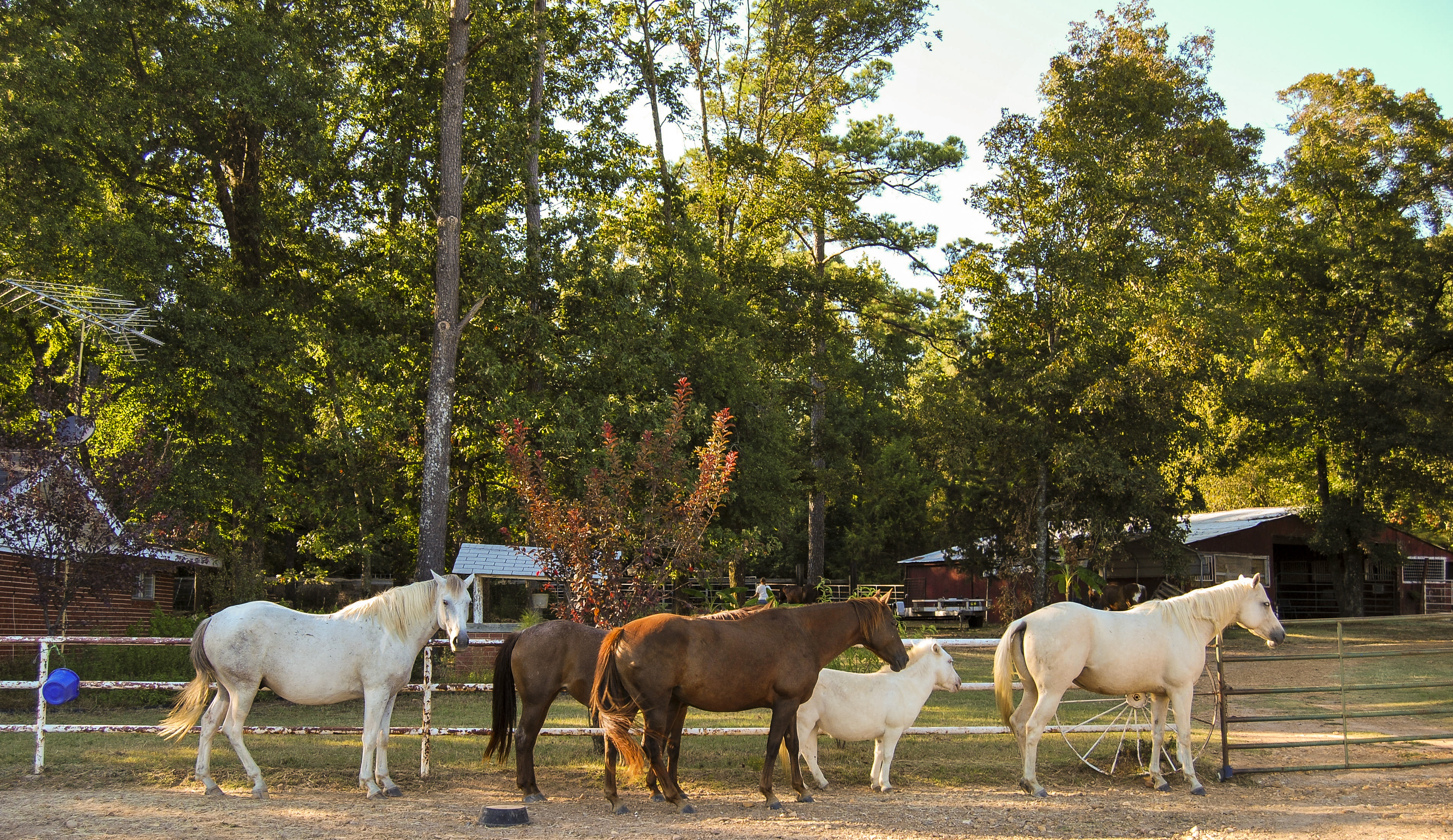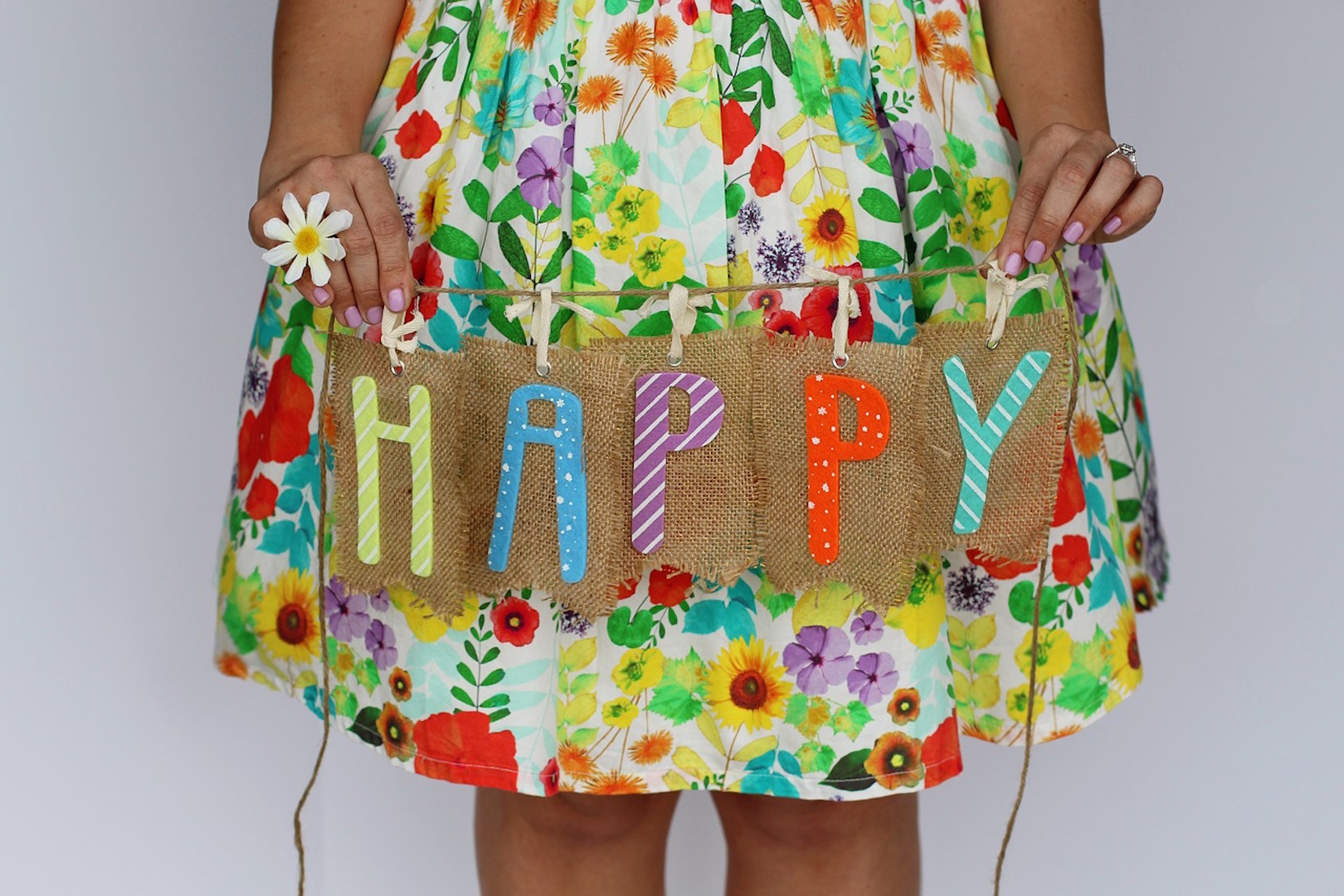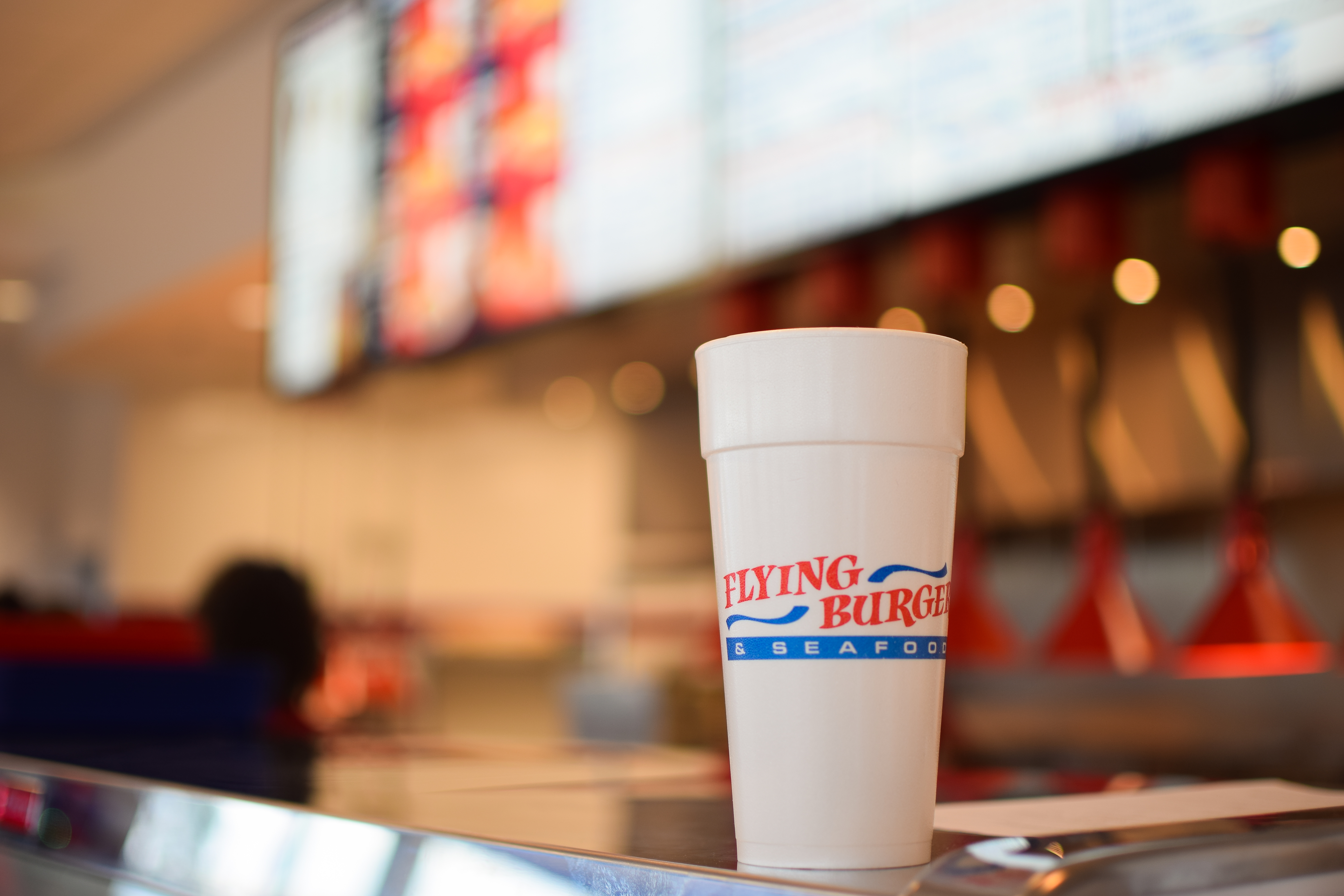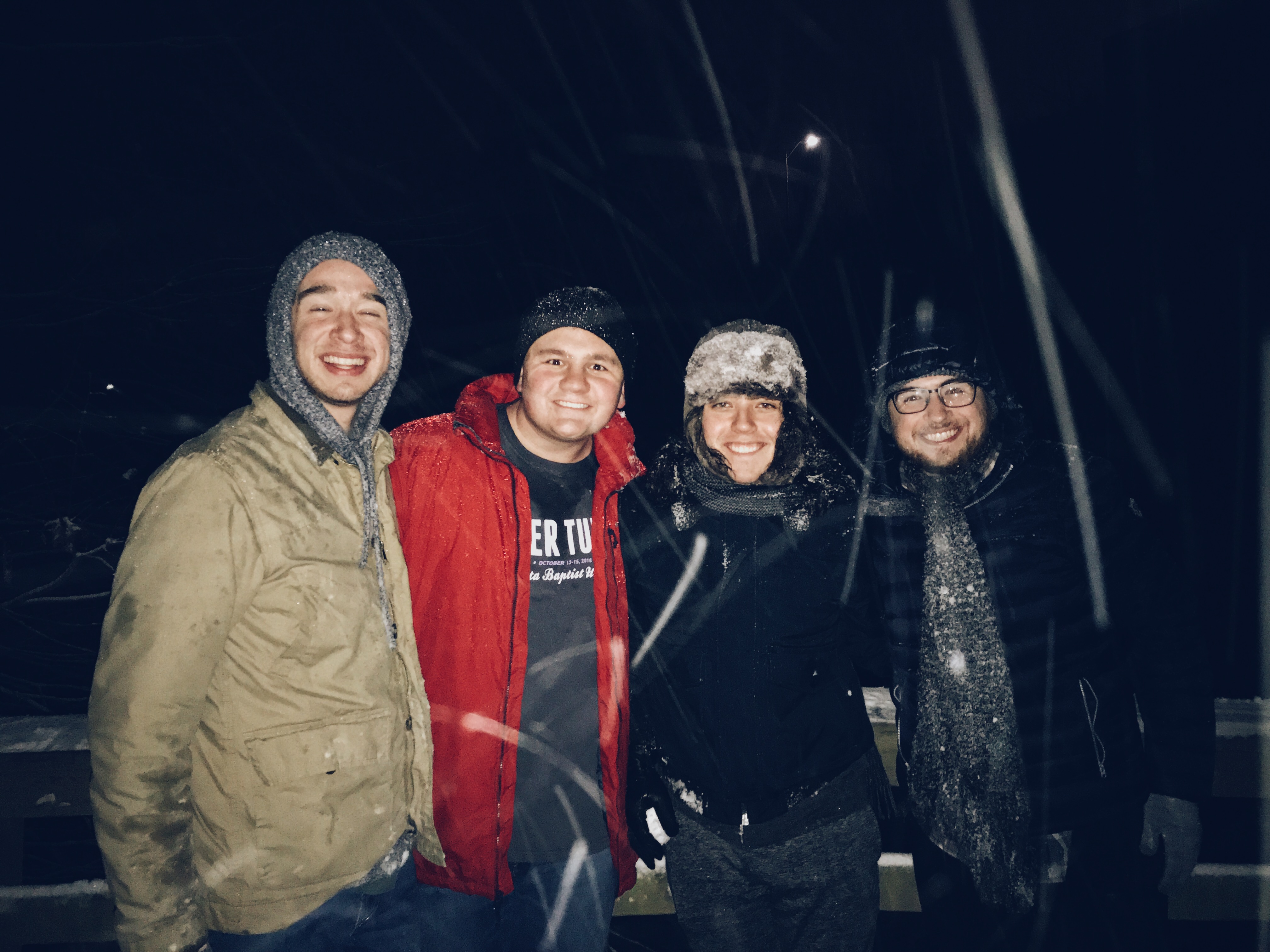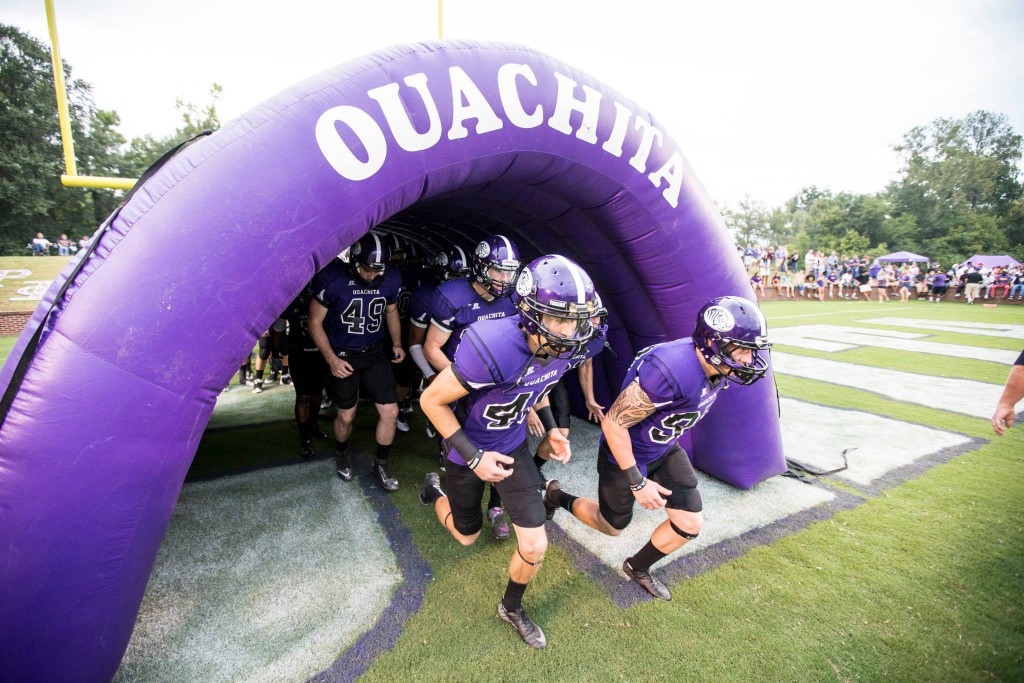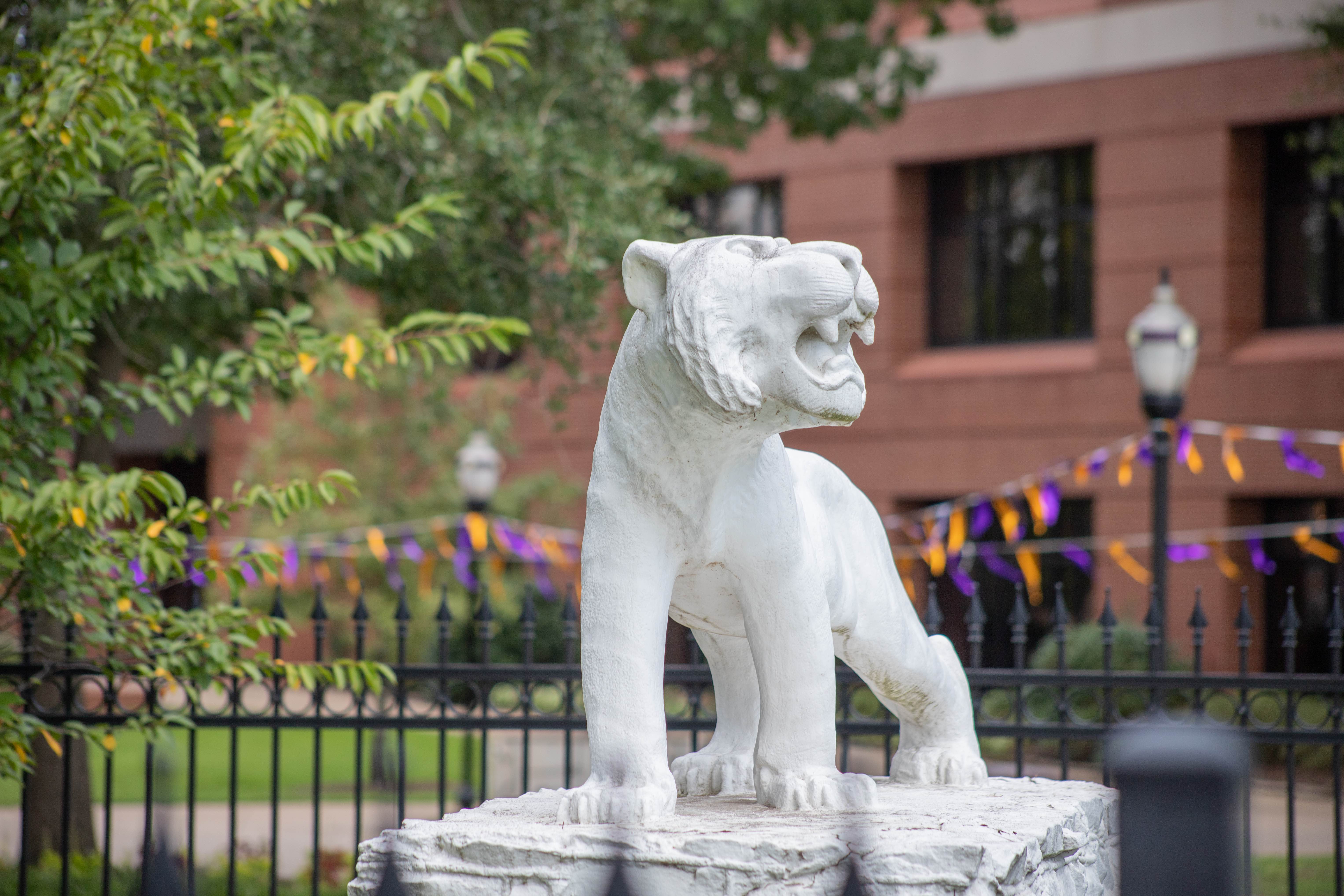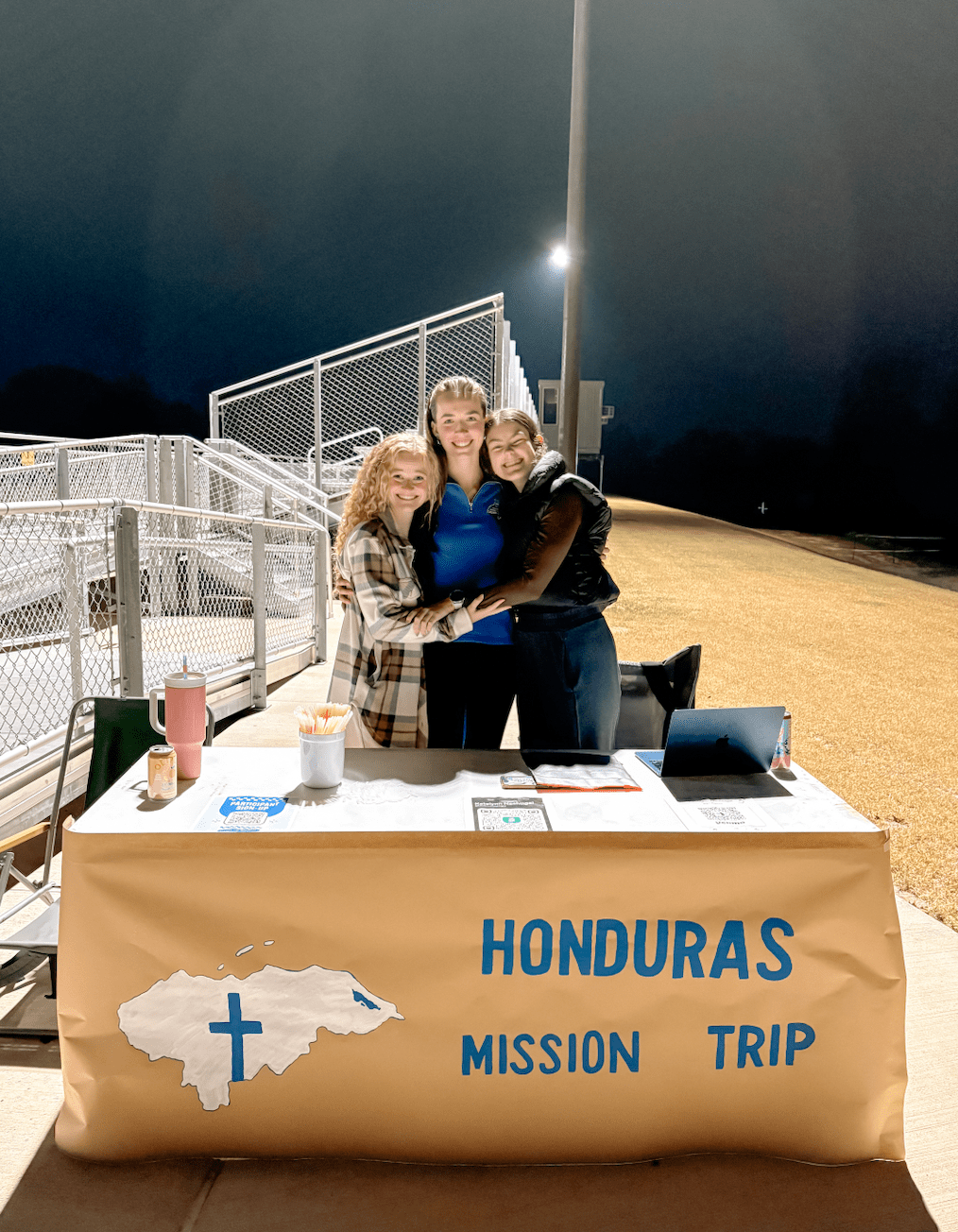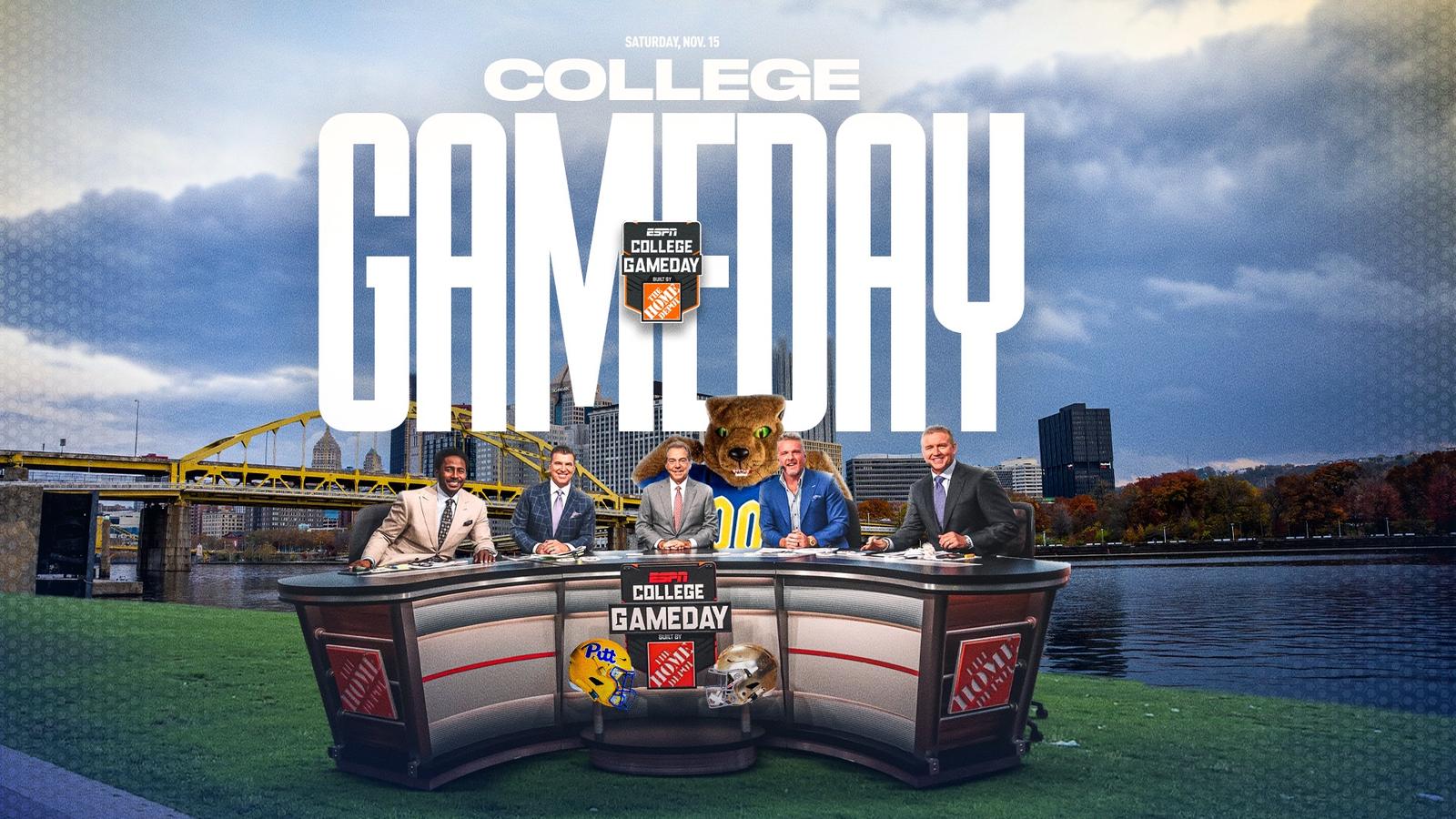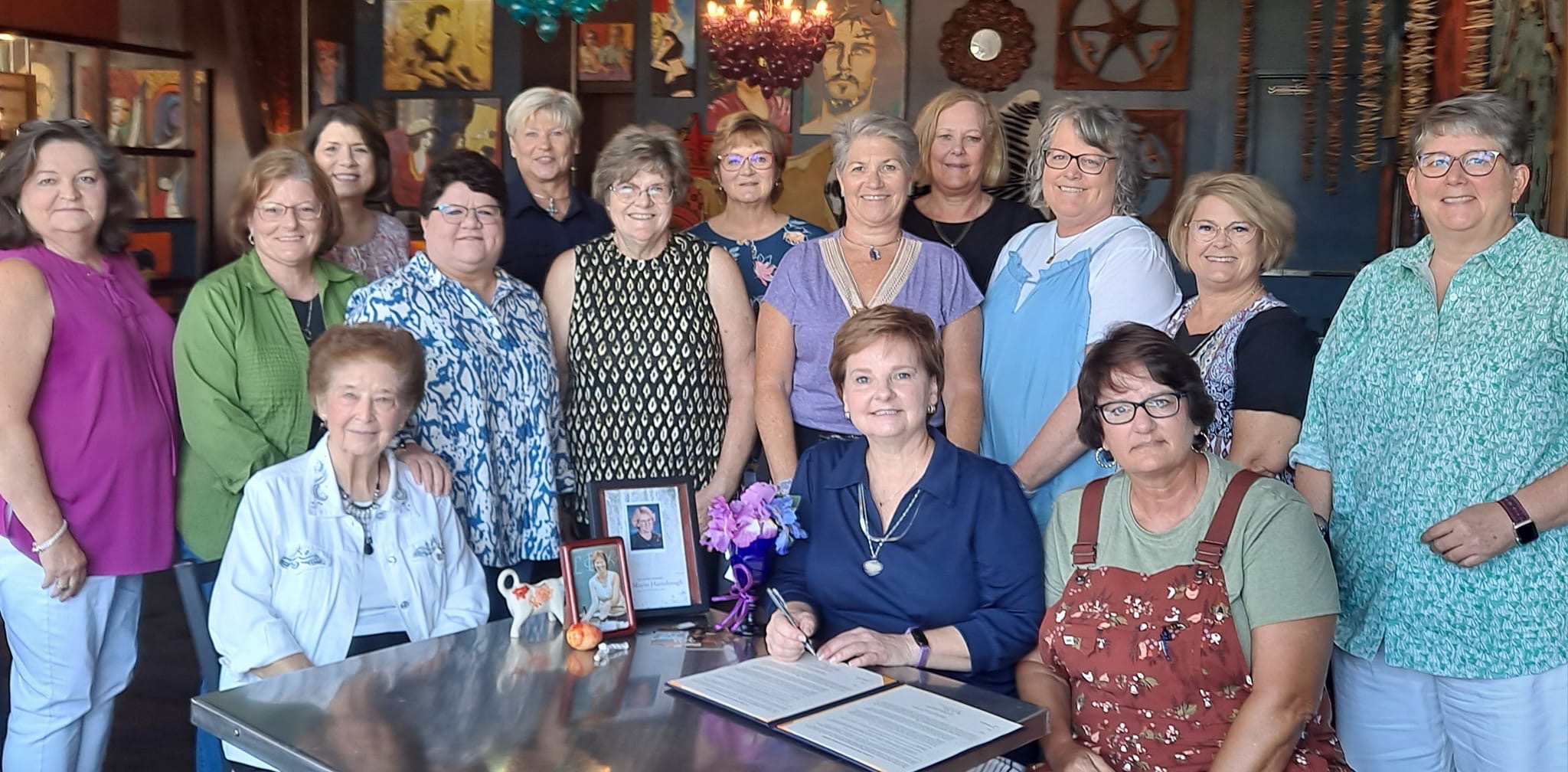When college students think of volunteering with furry friends in Arkadelphia, they typically think of putting in a few hours cleaning cages at the Humane Society less than a mile from campus. Even more think of adopting a dog for an afternoon and taking him or her for a stroll through campus when the weather is just too good to stay inside.
What many students don’t know is there is another option for those itching to make a four-legged friend. Tucked away behind a 10.6-mile drive stands a quaint 35 acres of land. Nineteen minutes, a right turn, a stretch of country gravel road and a single cattle gate separate Ouachita students from the Give Me A Chance Equine Rescue.
Tom and Polly Cates took over the rescue in 2010 after visiting and seeing the poor shape of the horses.
“We saw it and decided something had to be done,” Tom Cates said. “Horses were dying.”
Tom’s wife, Polly, had her heart tugged at by one horse in particular.
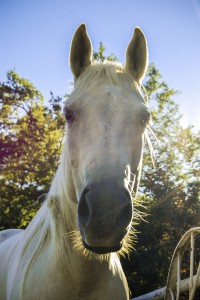
“He was standing there with the death stare, looking into his empty feed bucket. He had his tongue hanging out and every bone in his body was visible,” Cates said. “The next day, she said she wanted to go back and brush him. I thought, ‘You are wasting your time. That old horse is gonna die.’ But he’s a different story now.”
Standing next to his best friend, Buck, while out in a pasture, the ex-racehorse that started it all, Strike for Richard, stood tall and plump. Tom and Polly’s first patient has made a full recovery in the past three years. When he playfully trots across the pasture, all thoughts of his past life disappear. The underfed former racehorse is now a round, shiny and joyful member of the Give Me A Chance family.
Most of the animals that make their way to the rescue are starvation cases who need a little food and a lot of love. Polly puts each horse on a rehabilitation plan and diet to get them back on their hooves.
The average turnaround for a horse at Give Me A Chance is about one year to 15 months from the day they come in starving, through their rehab time and ending the day they move to their new forever home.
“When a horse ends up at a rescue, it’s for one of several reasons. Either it’s been starved to death or it’s a stud and they don’t want to have to deal with it and they just dump it out somewhere,” Cates said.
After coming to the rescue, being mistreated is in the horses’ past. They are fed in the mornings by volunteers and have the day to mingle and do as they wish without a care.
When dinnertime rolls around, Polly has the feeding schedule down to a science. The horses watch her white truck as it pulls through the gate and down the dirt path. As she begins walking into the evening routine, each animal knows its place and goes to it without a fight. Some get to eat in solitude, some eat behind a fence and the rest munch out of feed containers lined along the fence. Each horse, pony and donkey has a place that has been assigned for a specific reason.
“She’s quite a planner,” Cates said of his wife. “Each one of those horses knows where it’s supposed to go. But some of them will argue with her and try to get in the gate when they know it isn’t their turn.”
No matter how anxious the animals get for a meal, Polly is always firm and in control.
“My wife is small and unthreatening. She just has a natural manner with horses, too,” Cates said.
For others who believe horse care is a calling, the rescue is always looking for volunteers and donations.
“We go through around 30 round rolls and probably close to 100 square bales of hay in a month,” Cates said. “A lot of it is donated.”
If you don’t grow hay in your spare time, there are other ways to give to the rescue, such as becoming a volunteer to feed or brush the horses, among other tasks of service.
However, those preparing to walk into a somber environment that one might expect of an animal rescue will be pleasantly surprised.
“A lot of people say, ‘We’ve tried to put ourselves in the right mood to handle the sadness of a horse rescue,’” Cate said. “Then they get here and realize there’s no sadness.”
The sadness eventually comes, however, in the form of goodbyes.
Recently, a horse that had been in a corral with two blind horses was adopted.
“The blind horses had no idea where he went and they were calling and calling for him. They make a connection. Then all of a sudden, for no reason that they know about, he’s not there anymore. It’s pretty sad,” Cates said.
Goodbyes aren’t just hard on equine-to-equine friendships. The equine-to-human relationships at the rescue can also form and be painful to break, as with any organization or group of people who regularly rehabilitate animals and then must give them up.
“That’s the hardest thing on my wife,” he said. “I can see myself getting attached and I’ll back off. But she can’t back off. She’s right in the middle of them. She has to gain and keep their trust.”
Trust, love and seeing these animals go to a loving home are the top priorities of the rescue.
“It’s not just about rescuing. It’s got nothing to do with money. It’s about the horses lives,” Cates said. “We have one who’s an old horse with some medical problems who’s never gonna be adopted. But we owe it to him. It’s what we are supposed to do. It’s part of being a horse rescue.”
The only requirement to become a part of this horse rescue as a volunteer?
“Love horses,” Tom Cates said with a laugh. “That’s all you need.”
Video produced by Tanner Ward.

